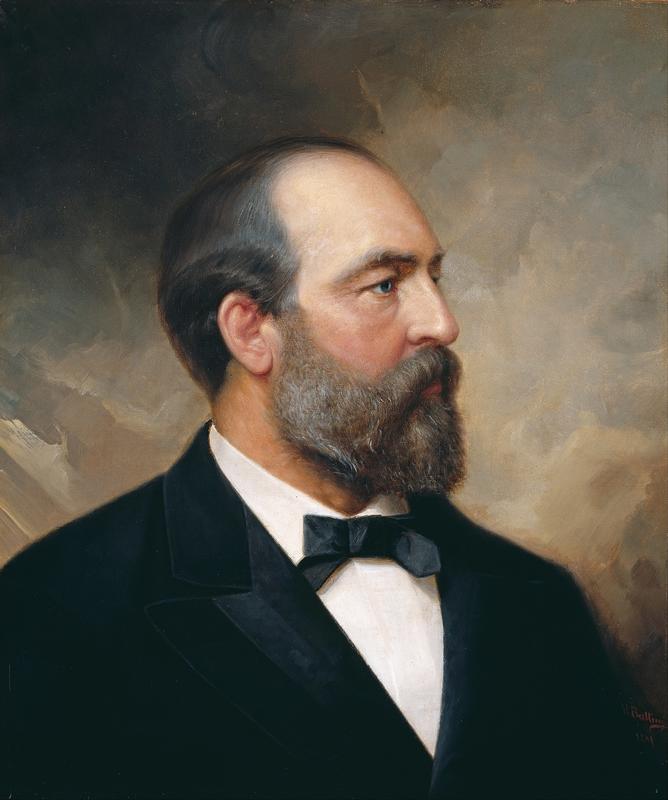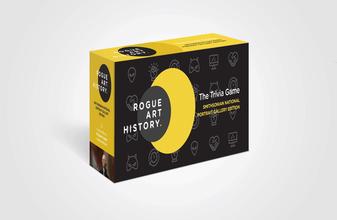More about James Garfield
- All
- Info
- Shop

Contributor
From 1861 to 1863, the Norwegian painter Ole Peter Hansen Balling served in the Union army, fighting the Confederates alongside the subject of his 1881 portrait, James Garfield.
While the future President Garfield served in the 42nd Ohio Volunteer Infantry, and Balling served as captain, and, later, as lieutenant colonel of a Scandinavian unit in New York, both men shared the principles of federal unity and devotion to the cause of the United States. James Garfield is a bit more formal than SFAI alumnus Kehinde Wiley's portrait of President Obama, but no less compelling.
At the Battle of Middle Creek, during the Union effort to drive the Confederates from Kentucky, Garfield tricked the Confederate general Humphrey Marshall into believing that the Union was outnumbered, despite similar counts on both sides. Garfield accomplished this by positioning his troops in such a way that made them appear more numerous than they actually were. As Marshall retreated, commander Garfield caught up with the Confederates on their way eastward, and, directing his troops from a hill, forced the Confederates to retreat from the field. The victory earned Garfield a promotion, and the army gave him command of a brigade which joined the forces of Major Ulysses S. Grant, his generals, and their horses, who are the subjects of another era-making Balling painting at the Smithsonian National Portrait Gallery, Grant and his Generals.
After only six months, an assassin ended Garfield's presidency. It is tempting to connect the event to the ongoing struggle within the Republican Party between those who supported nepotism and machine politics, like the assassin, and the reformers, like Garfield. The anti-reform faction worried, as they do today, about the loss of a society of run by oligarchs and their sons, and saw the reformers as nihilists.
Sources
- Geary, Rick. The Fatal Bullet: The Assassination of President James A. Garfield. New York: NBM, 1999.
- Østby, Leif. "Ole Peter Hansen Balling." NORSK KUNSTNERLEKSIKON, Mar. 8, 2019, https://nkl.snl.no/Ole_Peter_Hansen_Balling.
- Peskin, Allan. Garfield: A Biography. Kent, Ohio: Kent State University Press, 1978.












